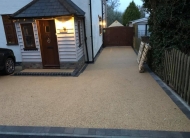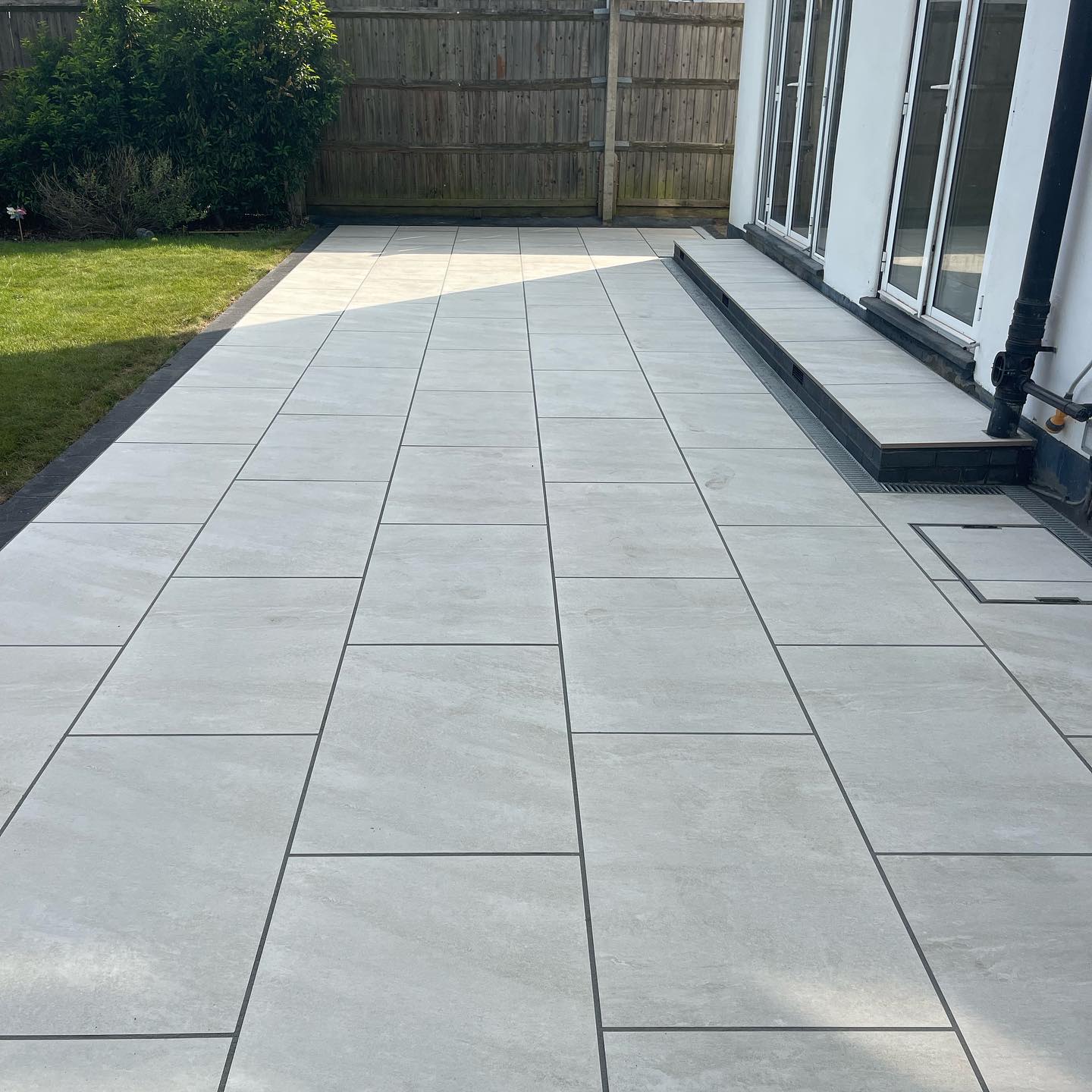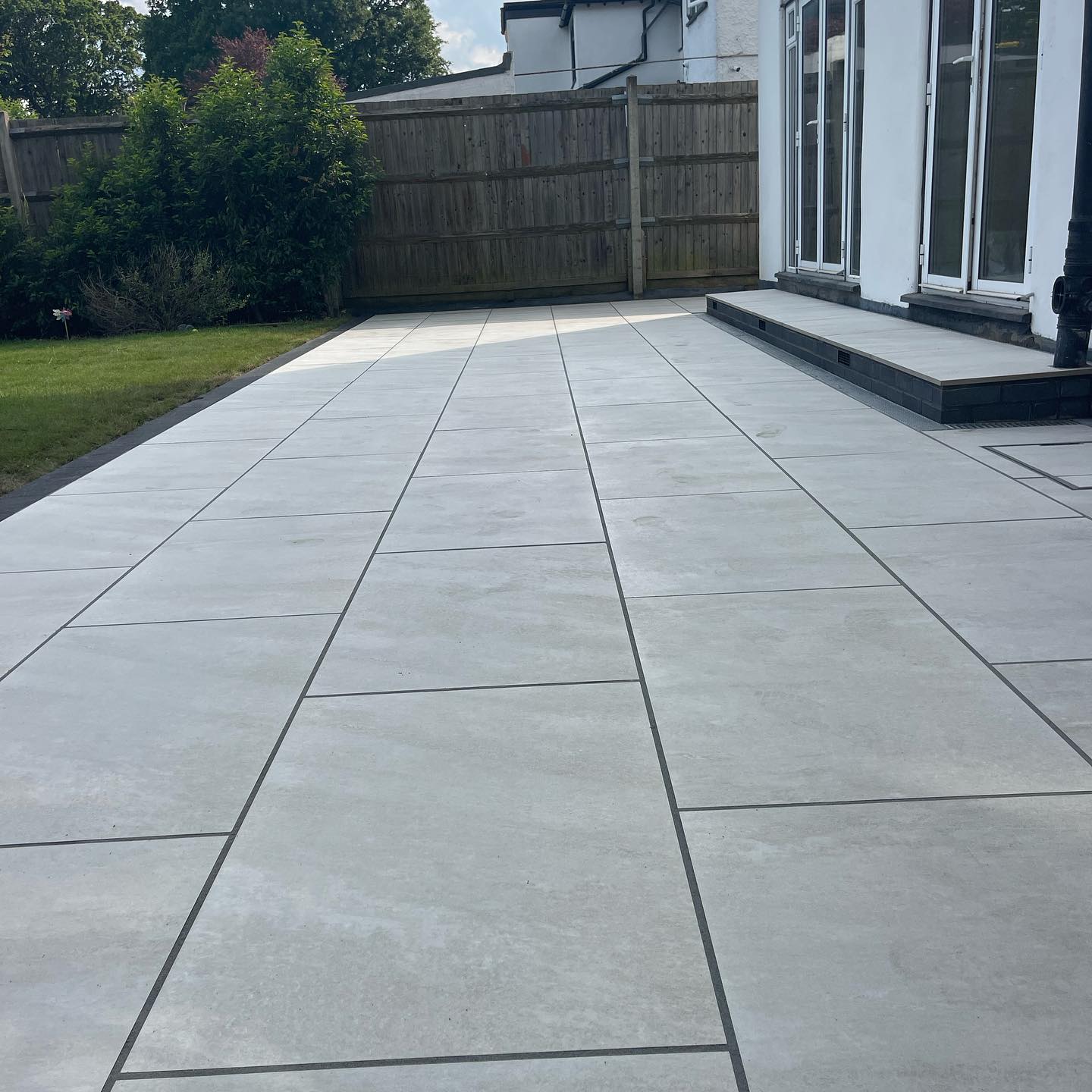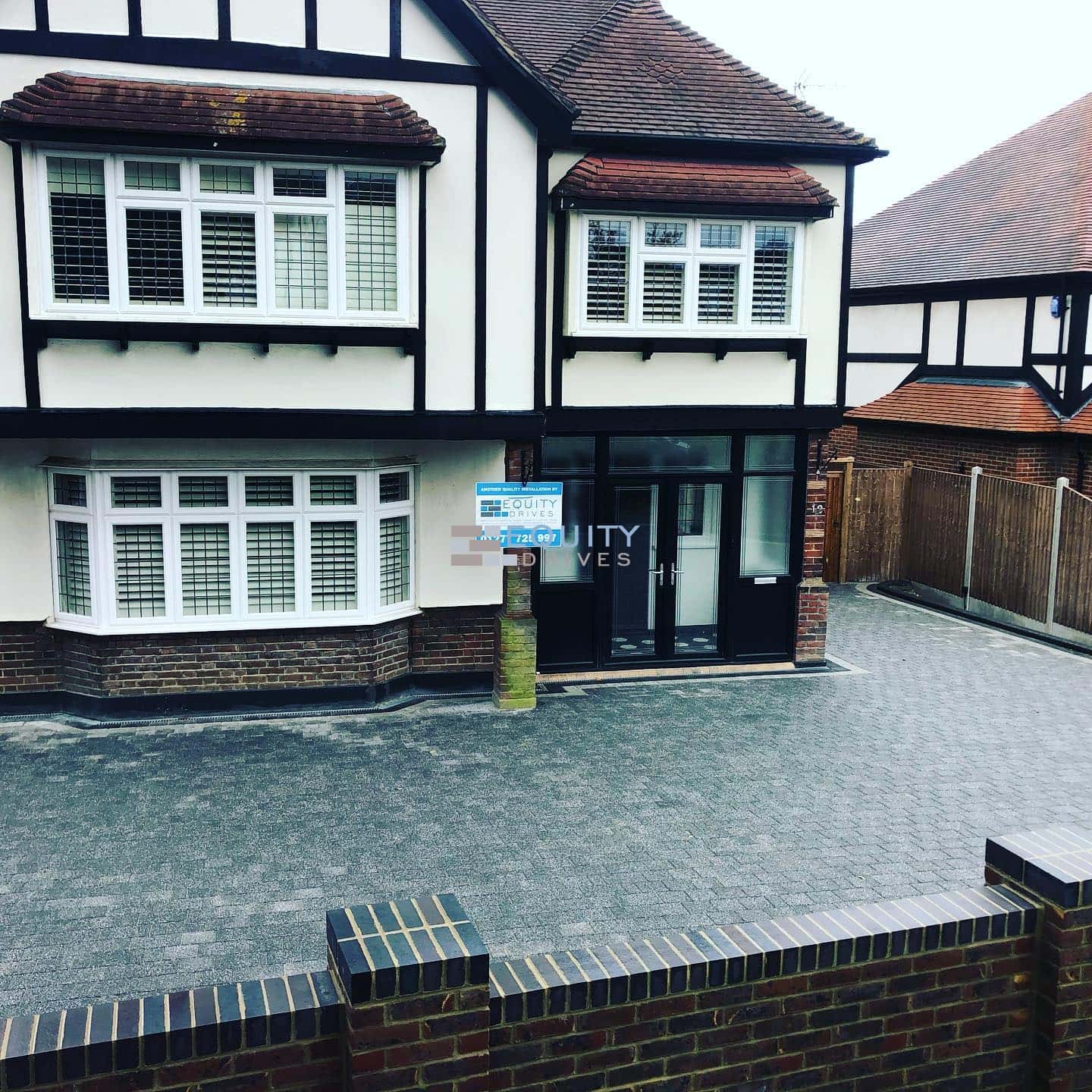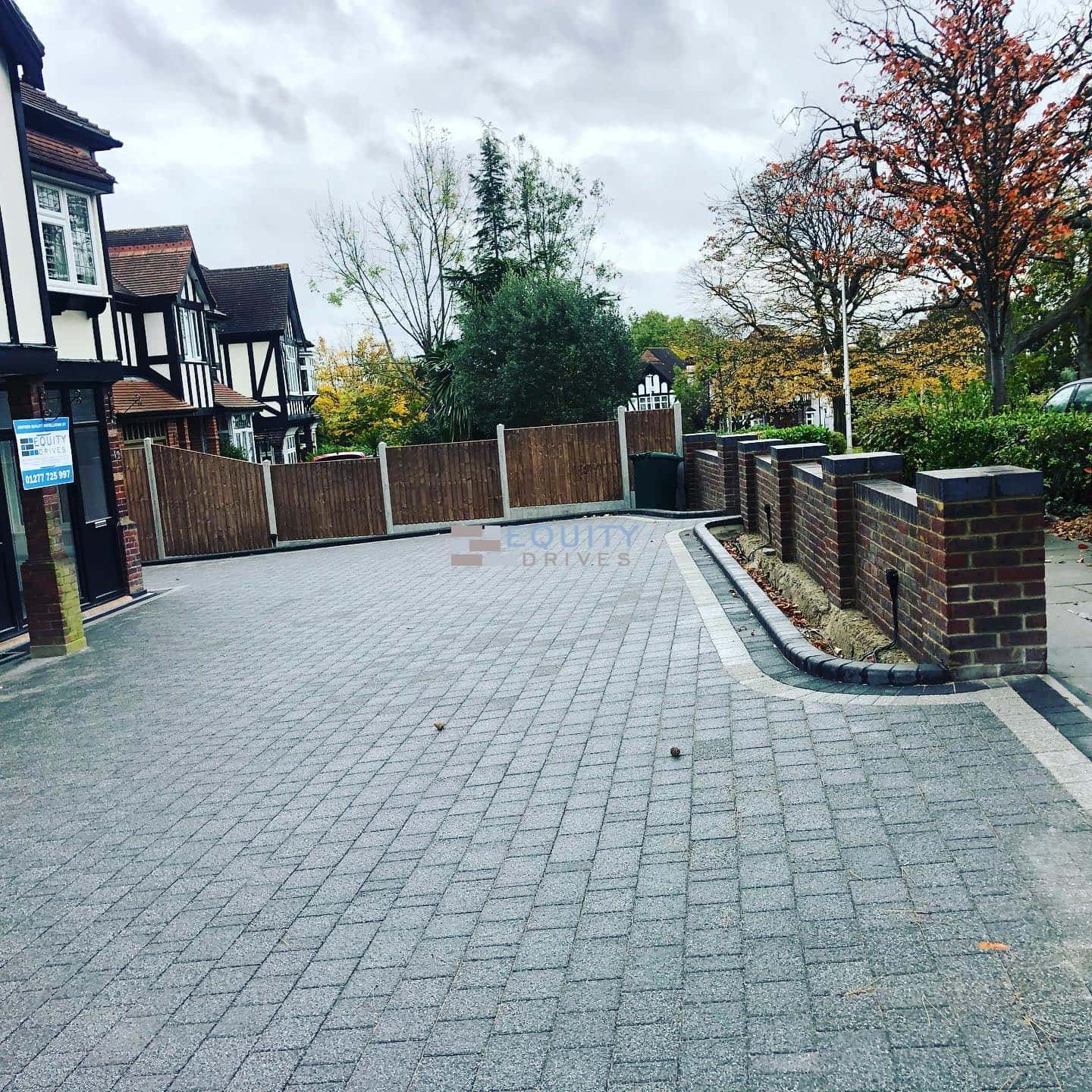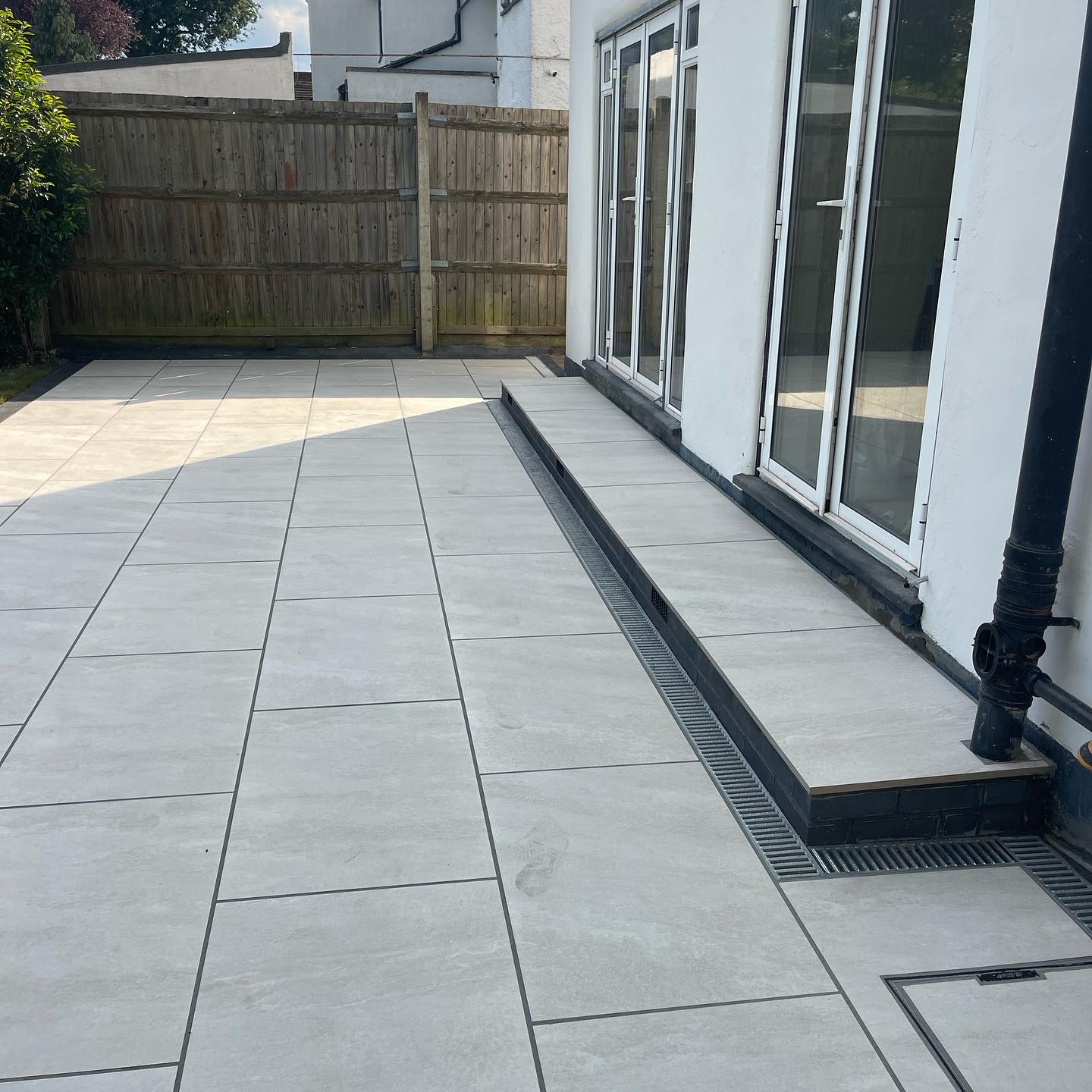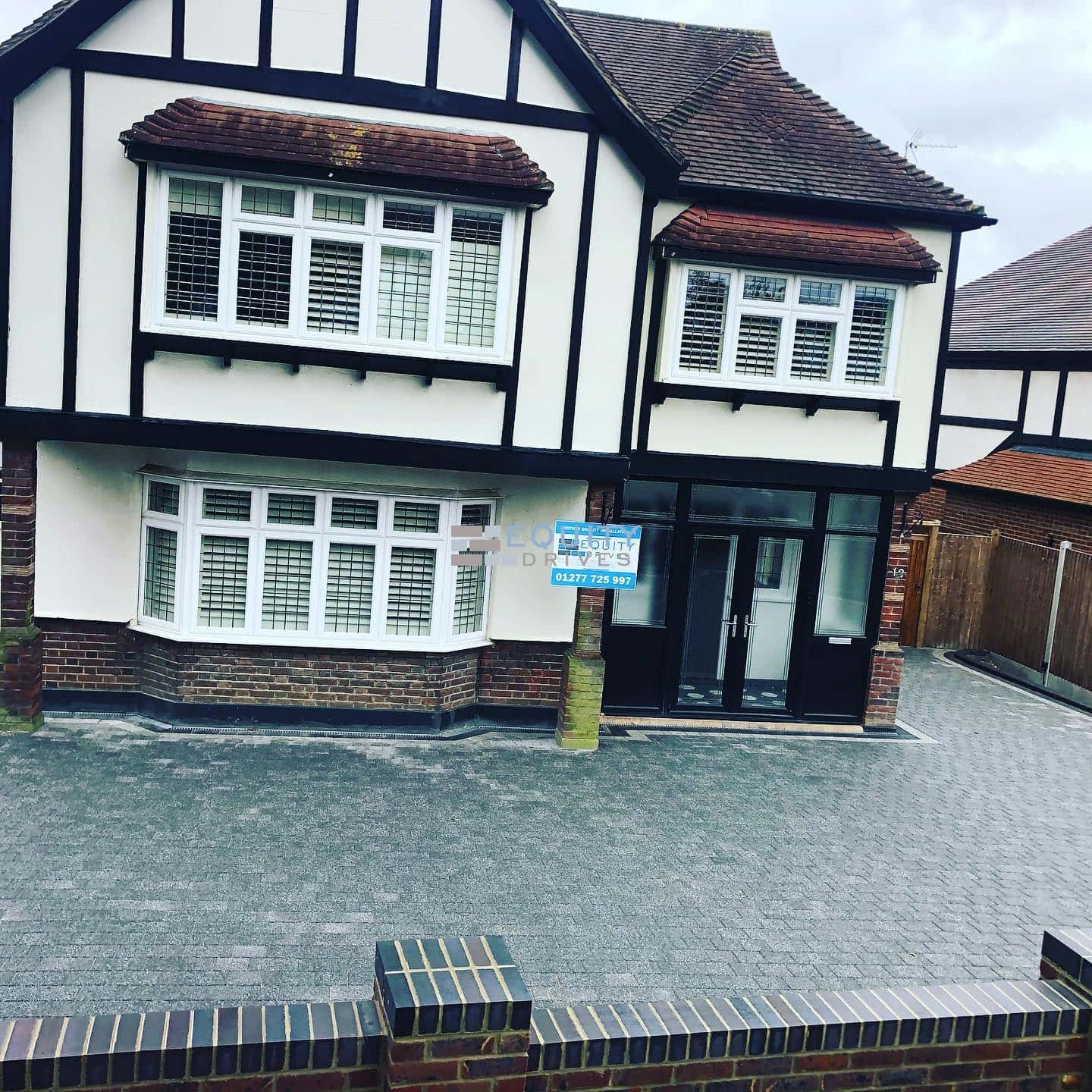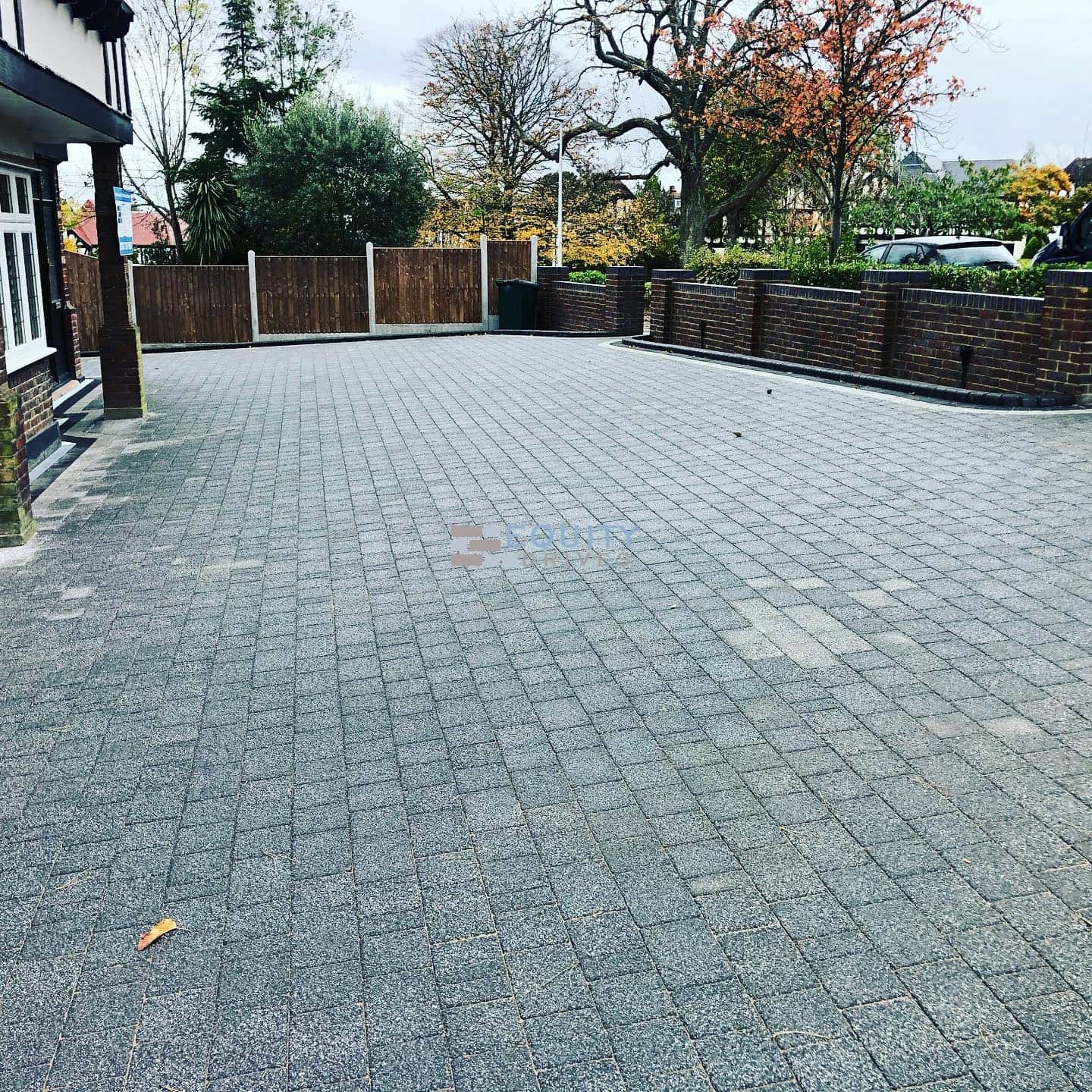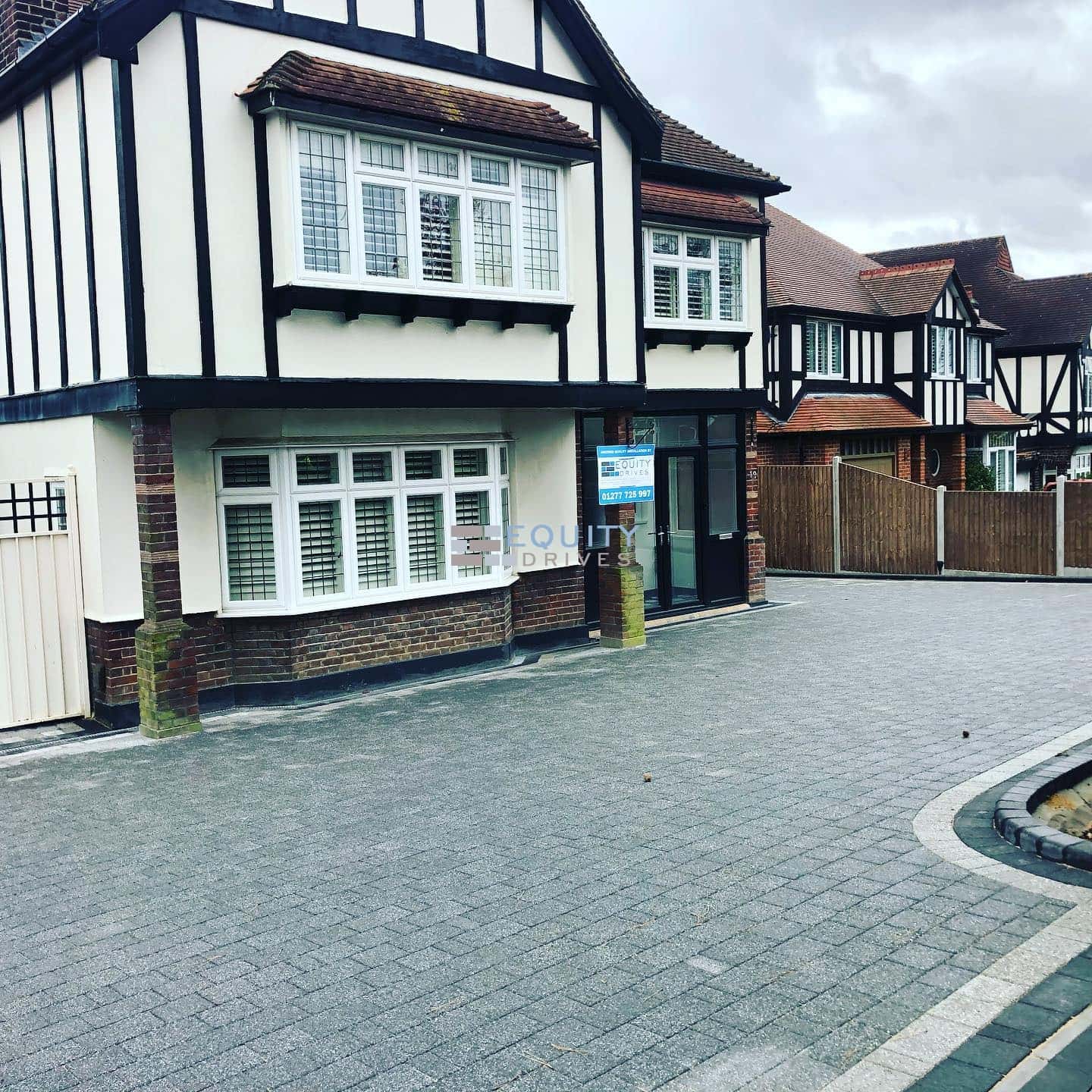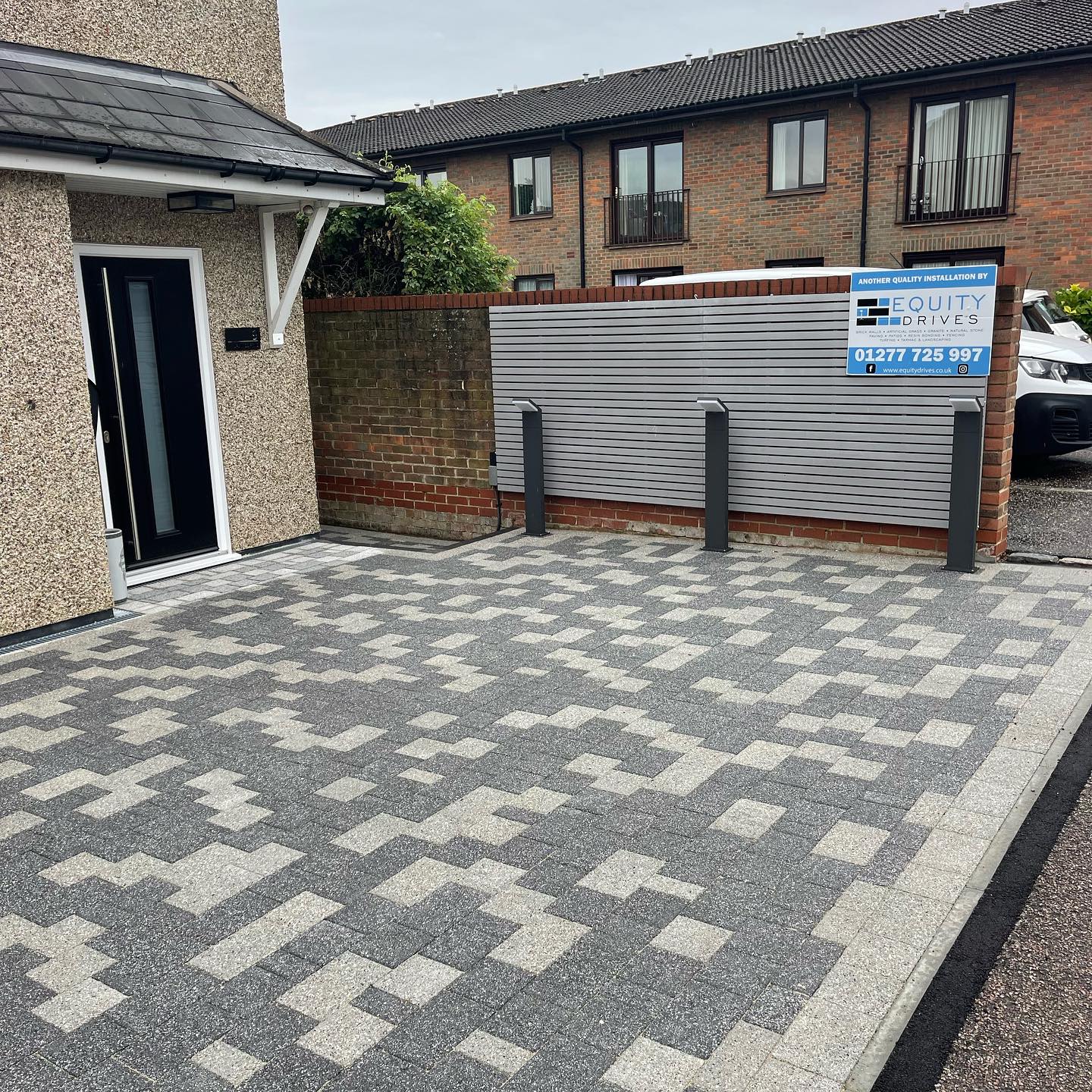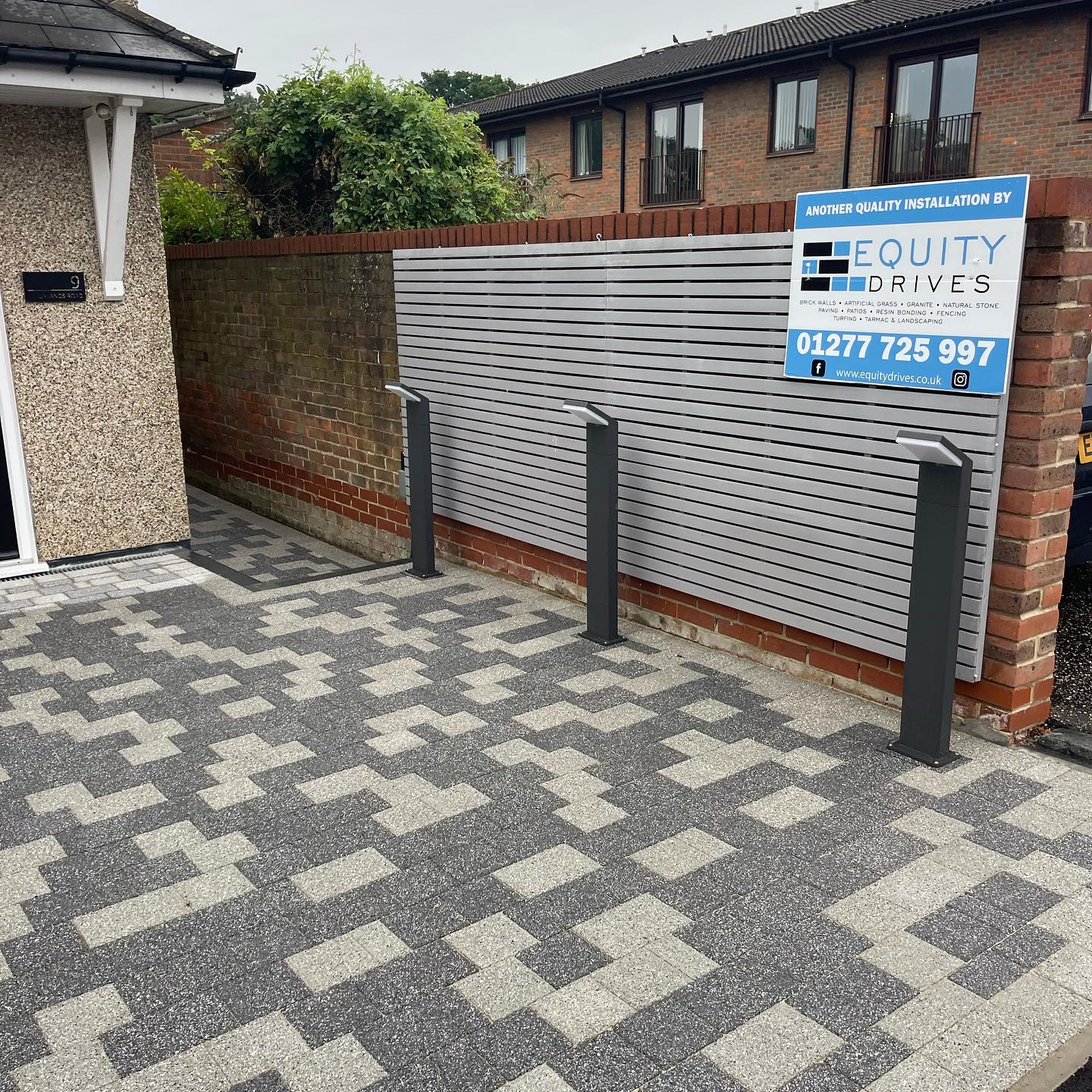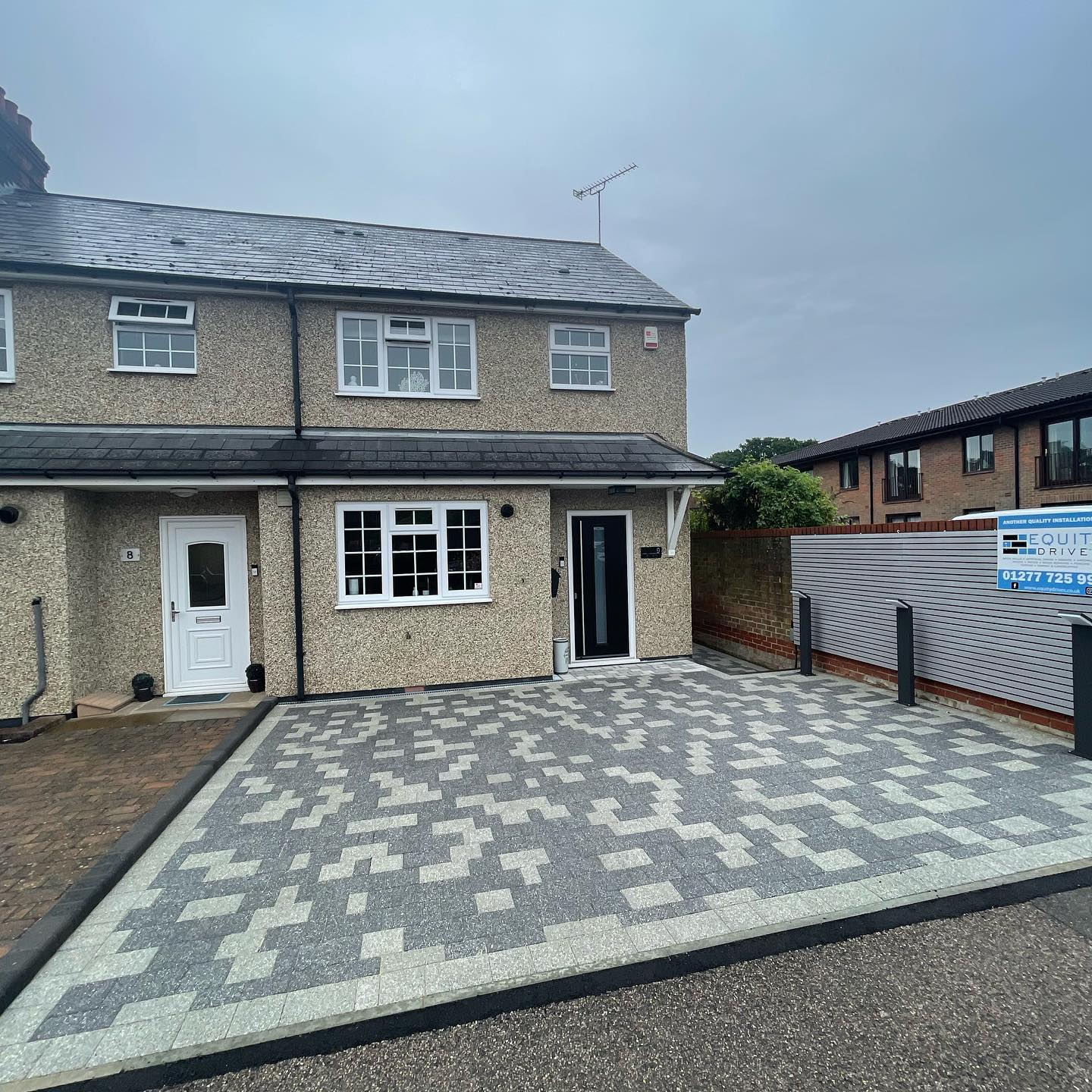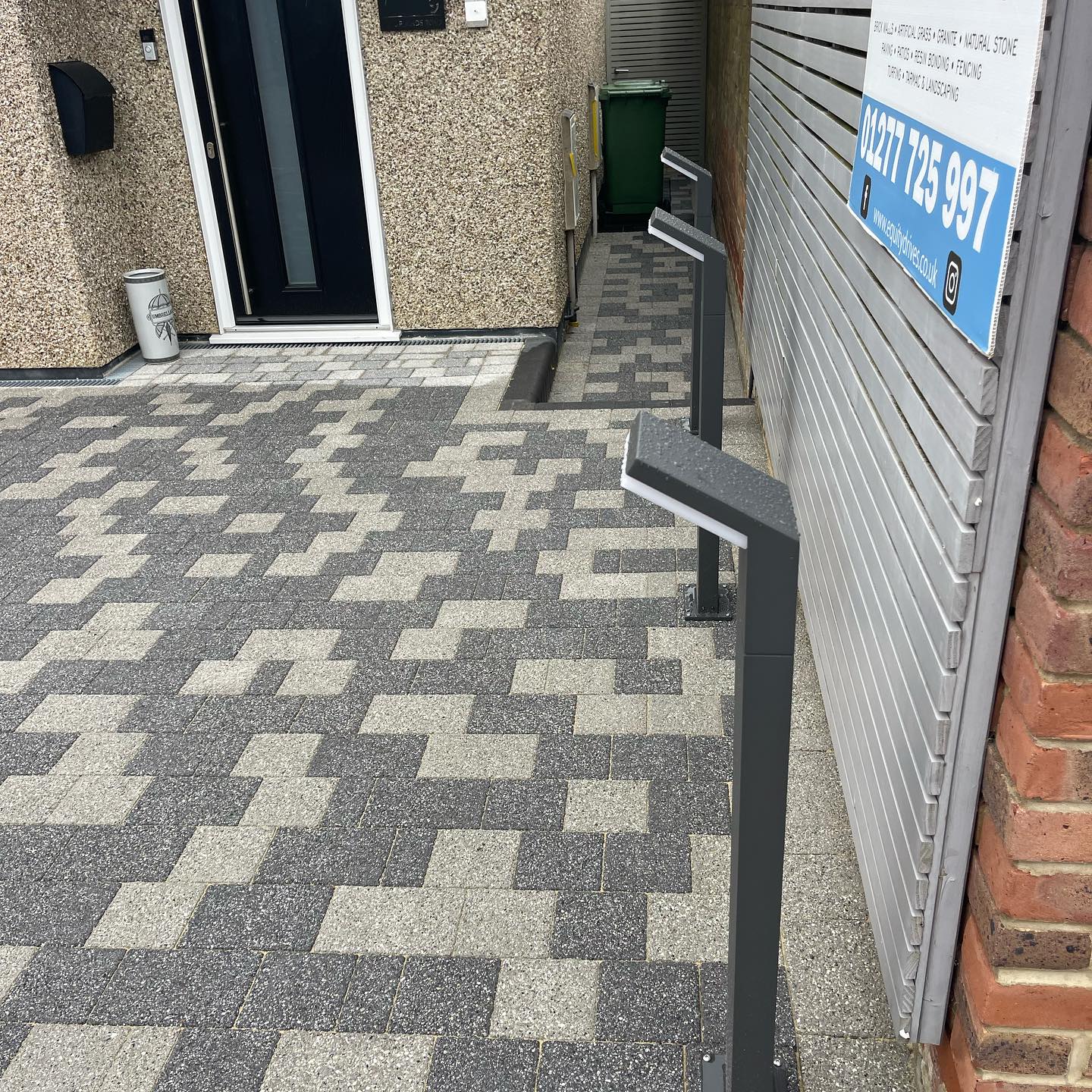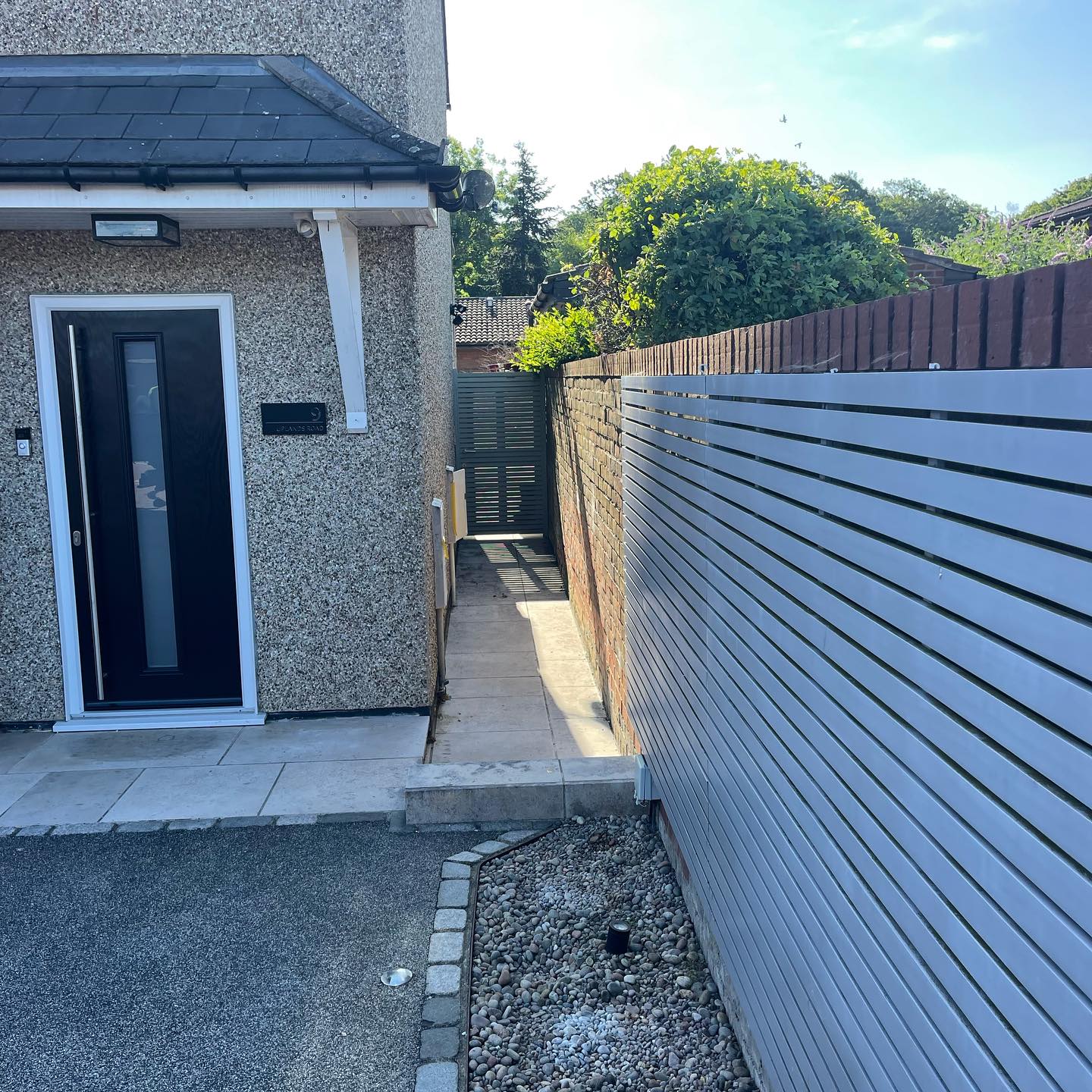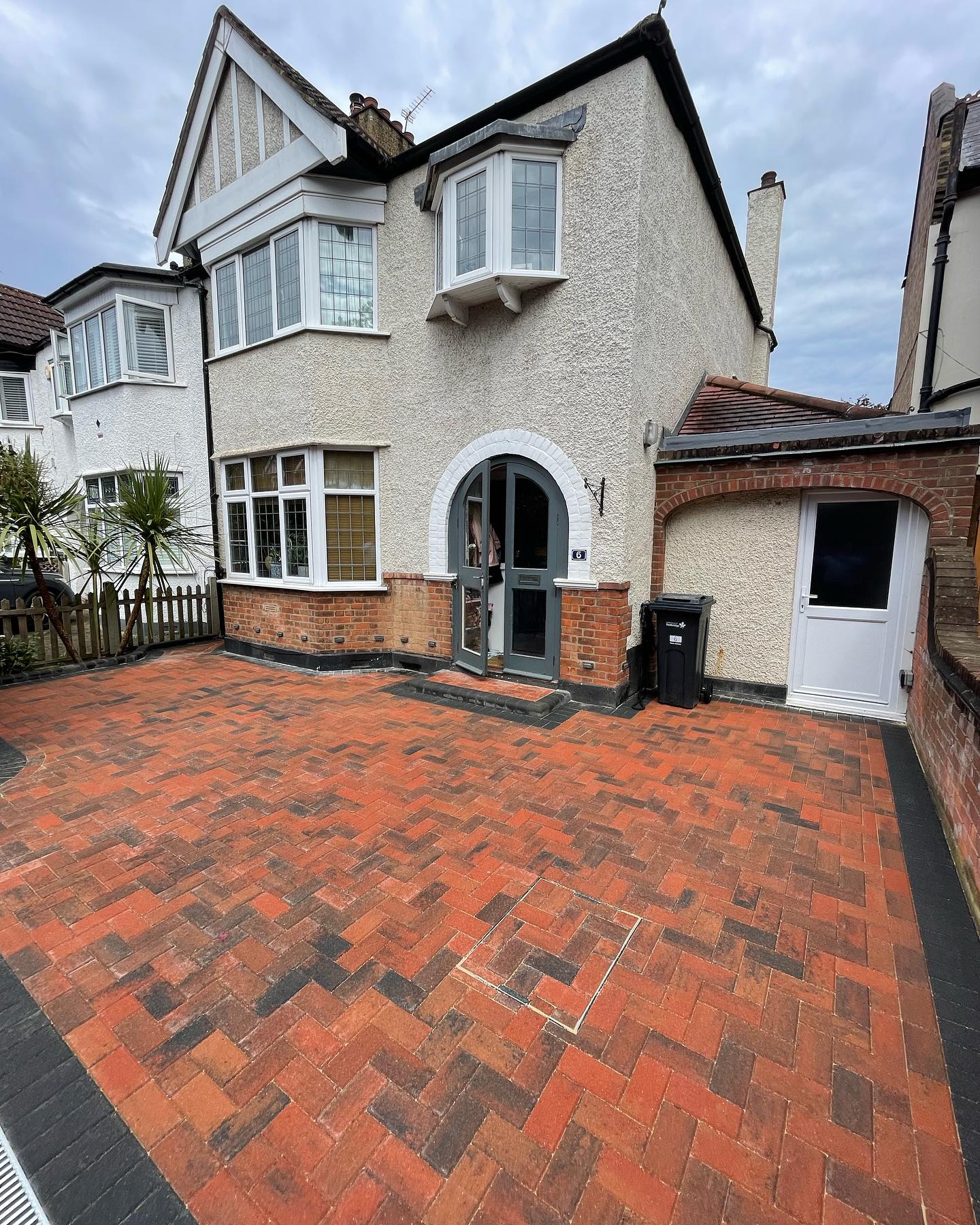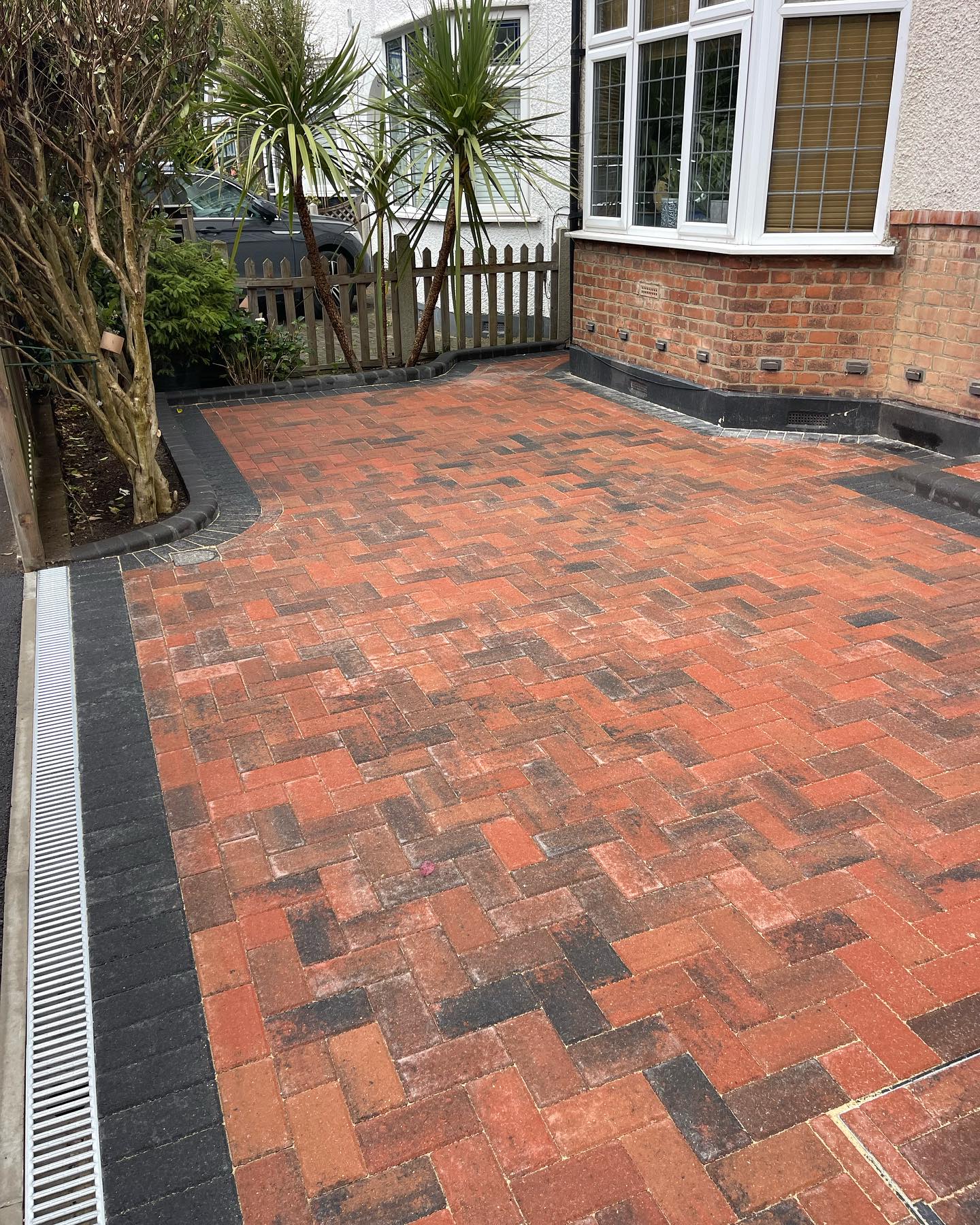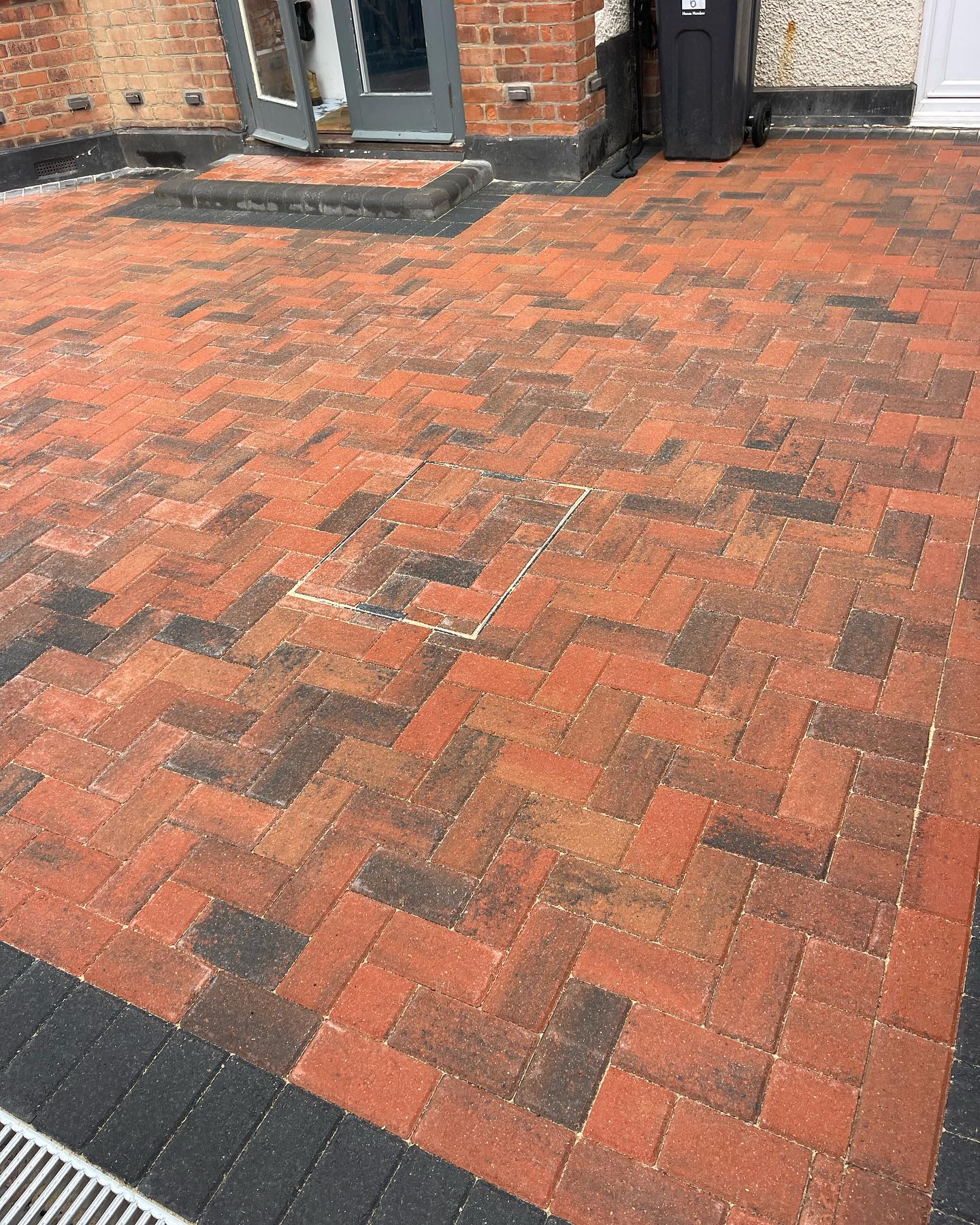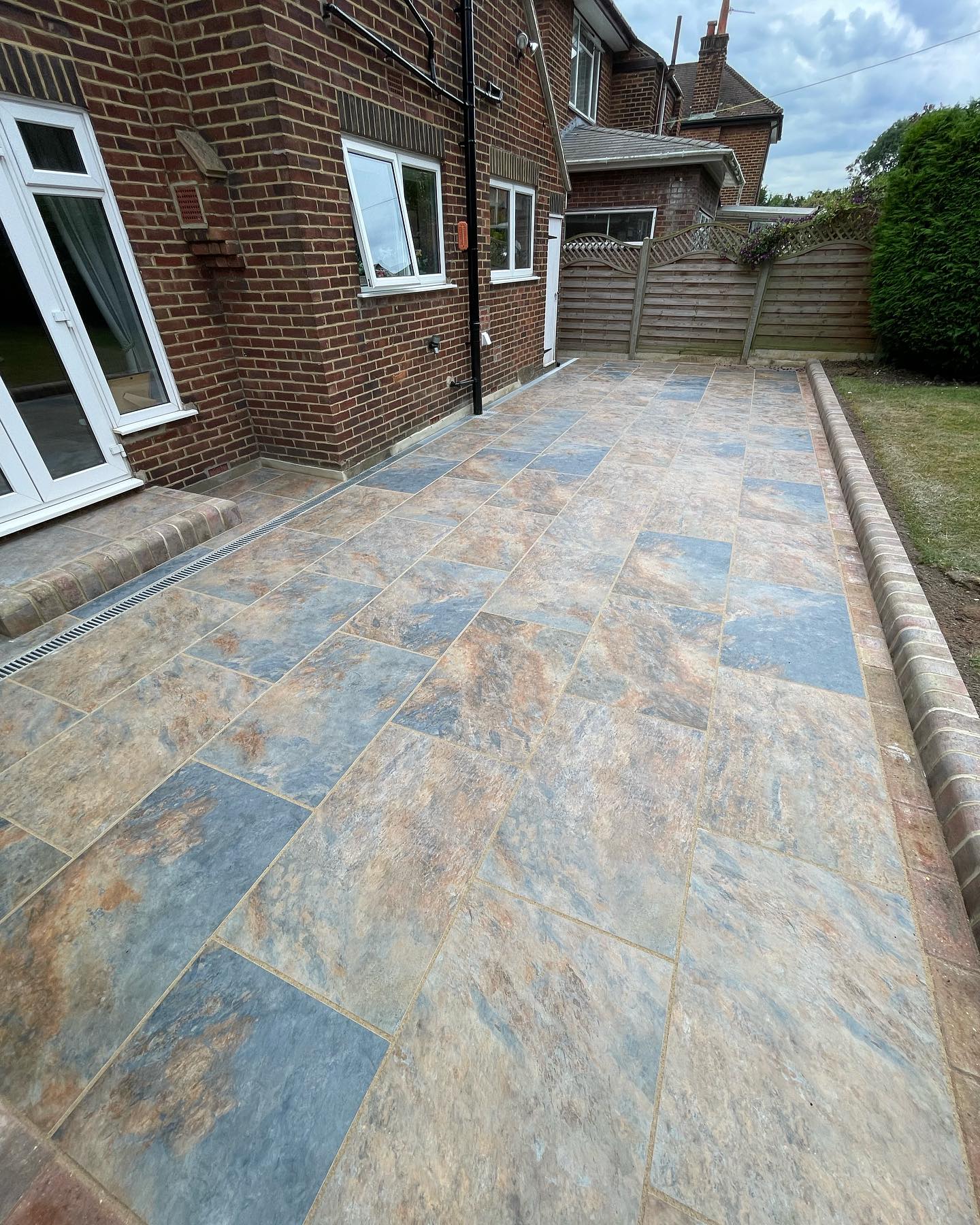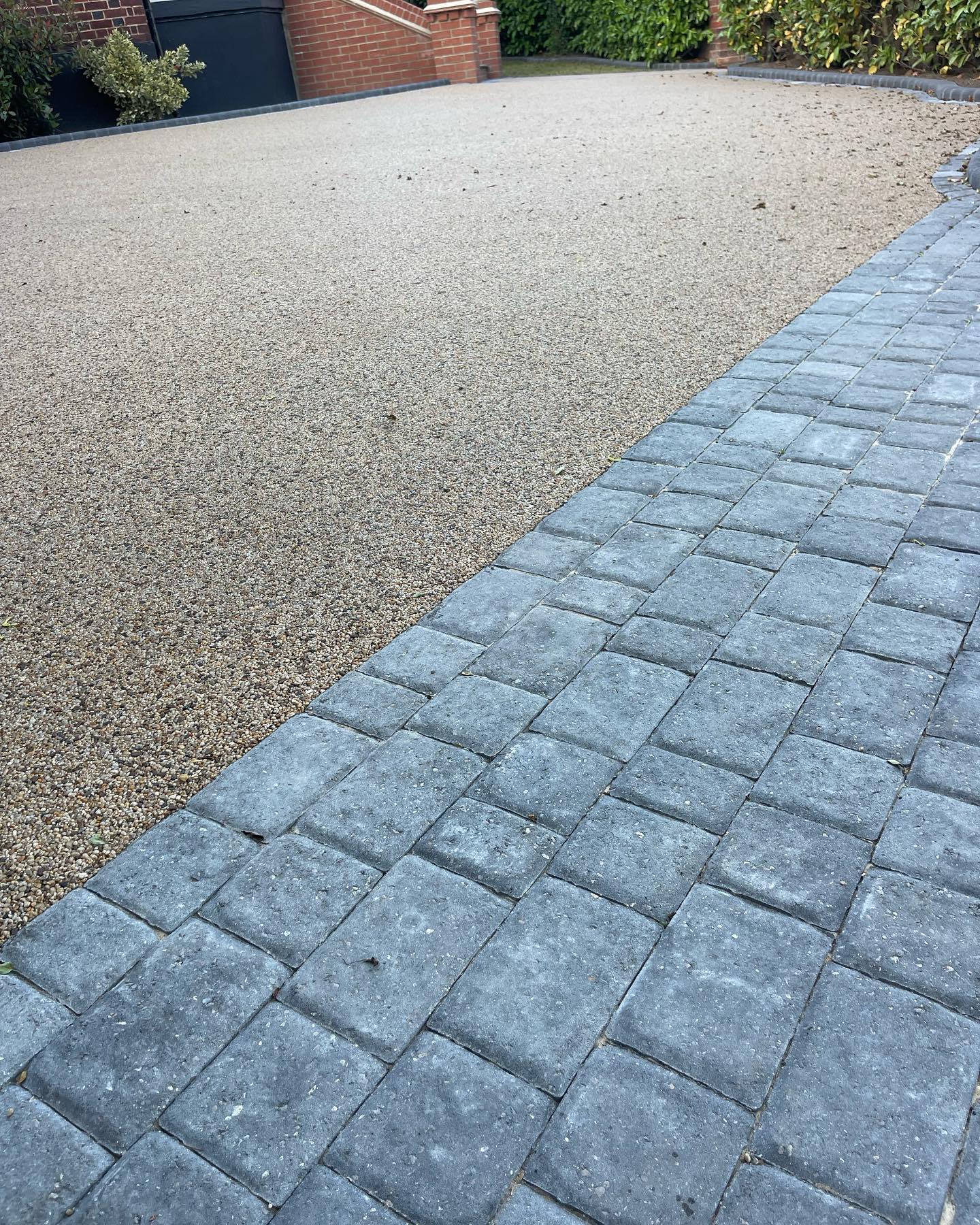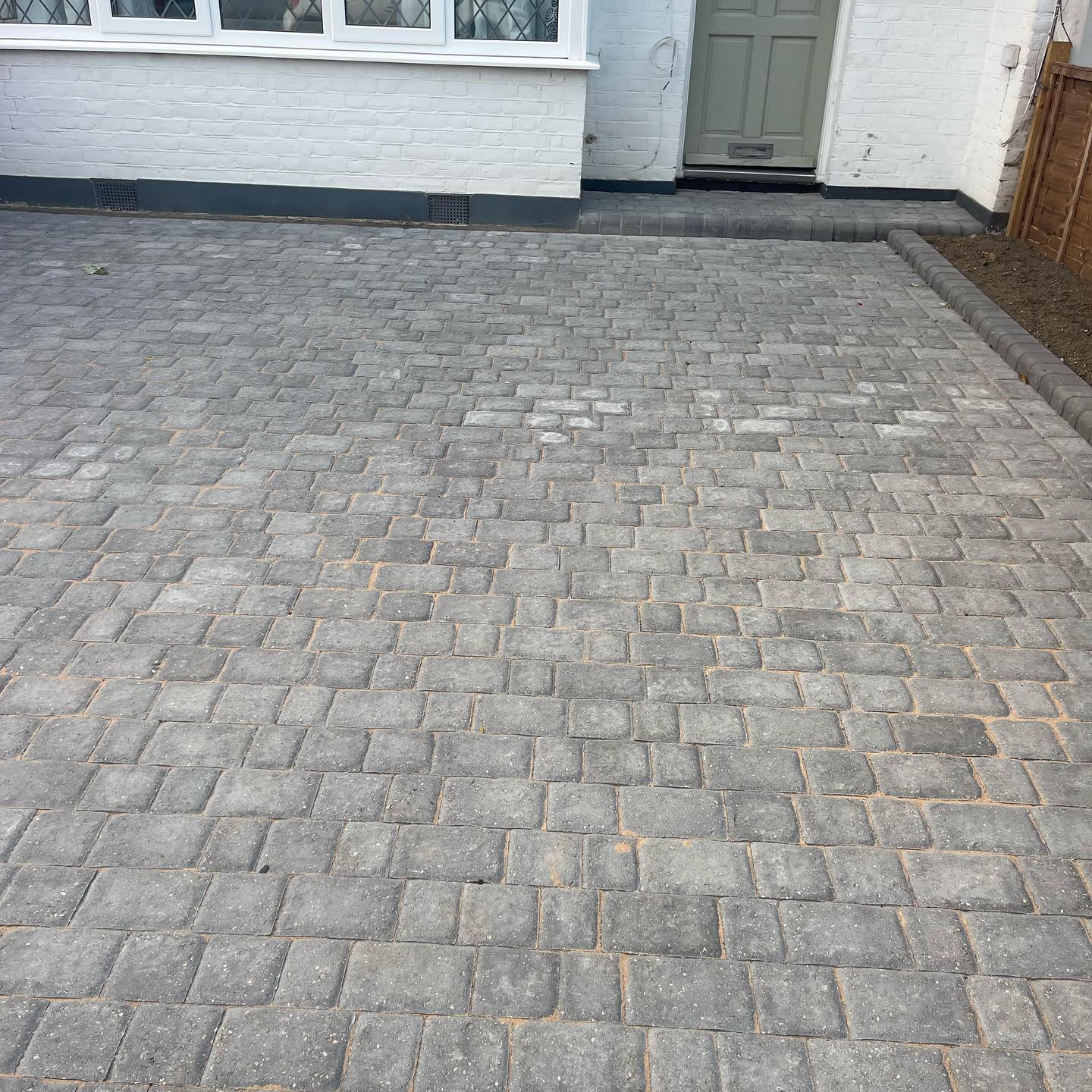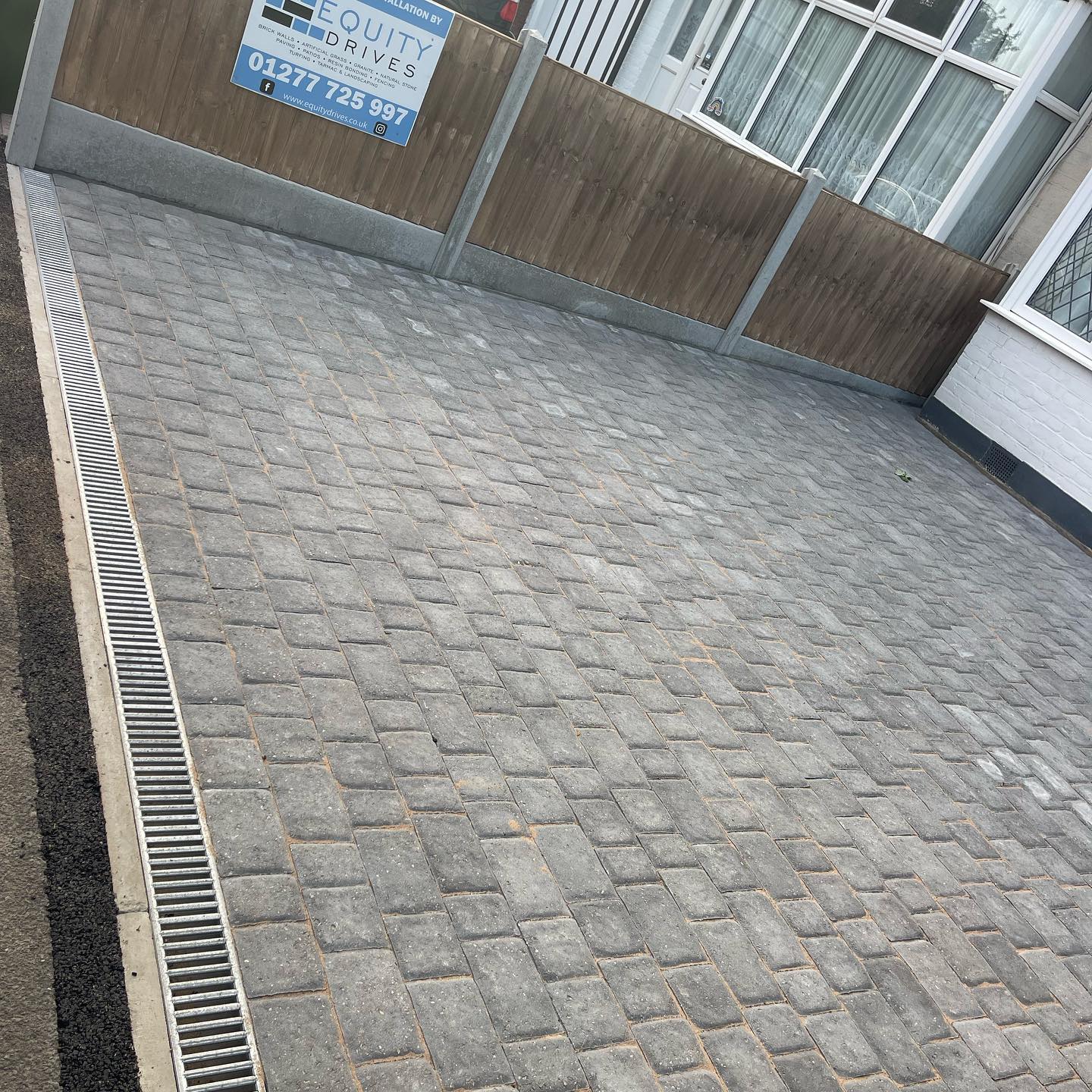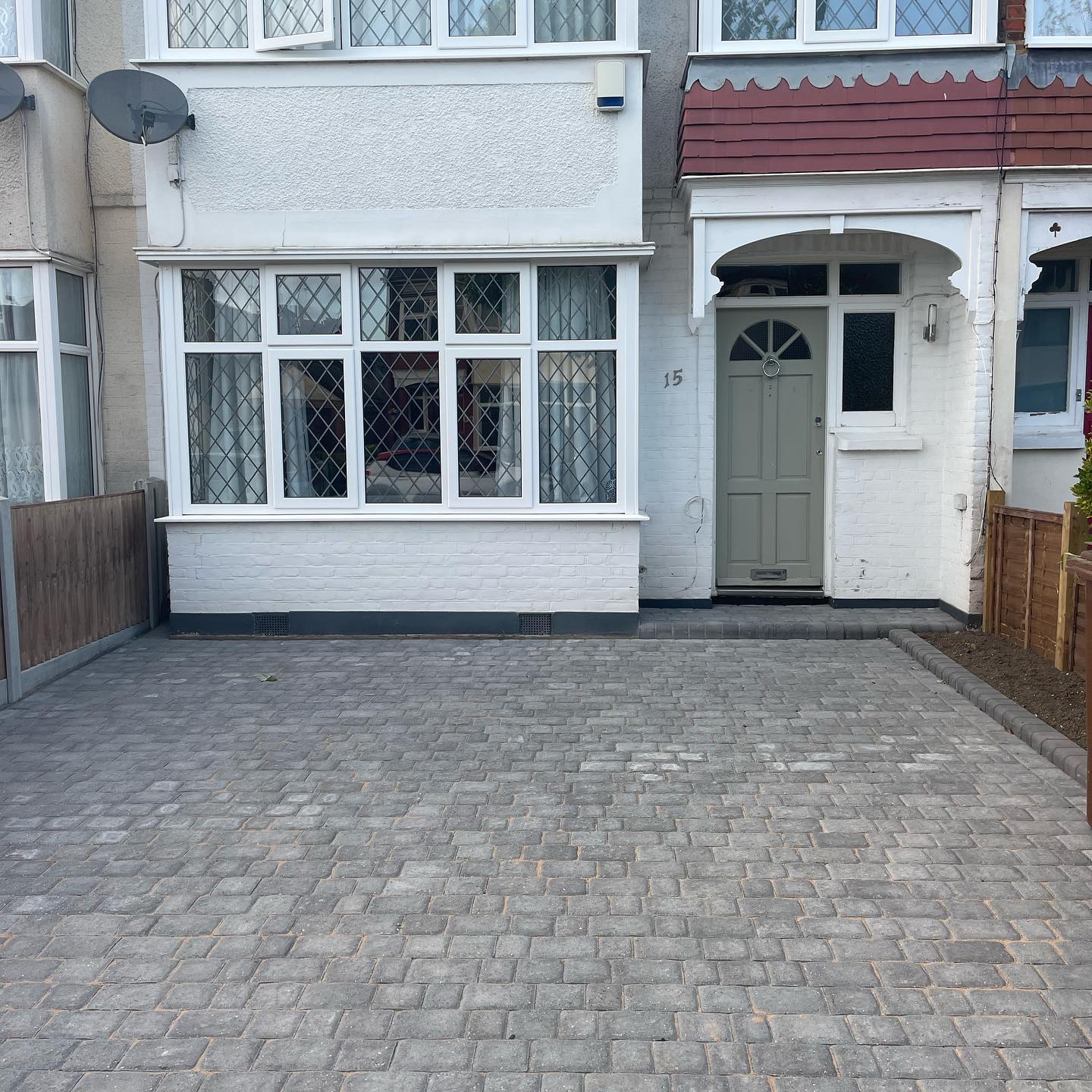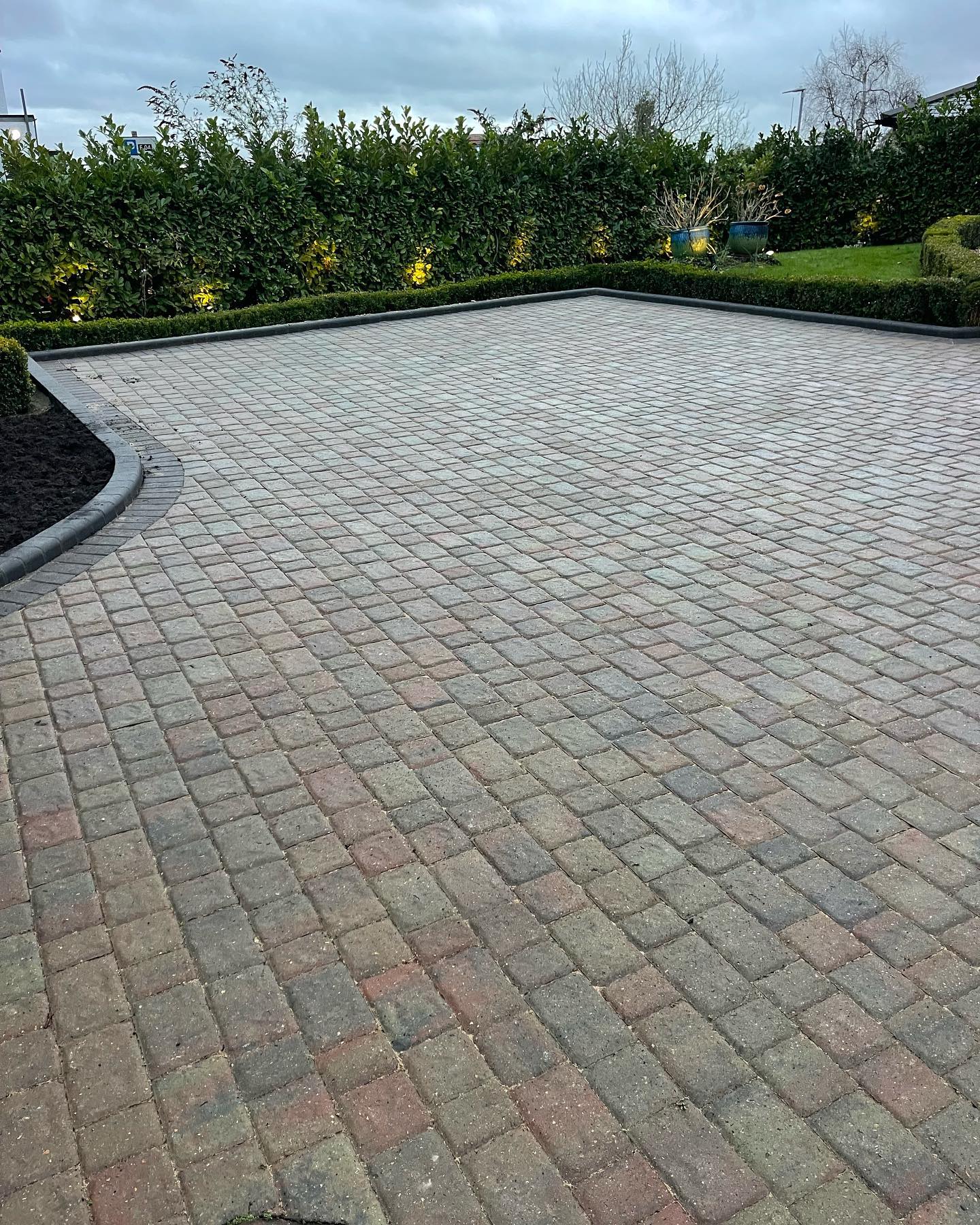
What Are the Types of Block Paving?
19 Dec 2022
One of the most famous ways of paving driveways, patios, and pavements is block paving. Not only famous, but block paving is one of the oldest methods used everywhere. The best thing about block paving is that it is a preferred choice for both residential and commercial properties.
In the paving industry, block paving has seen rapid growth in popularity. But, surprisingly, many people are still not well aware of this. And thus, they fall for modern options and suffer the consequences. On the other hand, some people know about block paving but they fail to choose the right type for their property.
In this post, we will discuss different types of block paving based on some important parameters.
Types of block paving based on the material
Concrete block paving– Typically, the concrete block measures 100mm x 200mm x 50-100mm. It means for the block paving of one square meter surface, you need 50 blocks. This is a standard size.
In concrete blocks, you will find two presentable faces, but the most common are rectangular blocks that have only one face. The color of the concrete blocks is not natural but it is achieved by complete chemical dyes. The price of the concrete blocks depends on the quality of the synthetic color.
Clay block paving– The common size of clay block paving is 100-105mm x 200-215mm x 60mm. It means you need approximately 50 units of clay blocks for one square meter surface.
Unlike concrete blocks, the color of the clay blocks is completely natural. Also, clay blocks are harder than concrete blocks to cut. These features of clay blocks make them stable and not subject to fading. Other than this, the clay blocks are manufactured with two presentable faces, allowing them to invert and replace the damaged spots on the paving.
Types of block paving based on the thickness
In the market, you will find block paving in a range of thicknesses from 40mm to 100mm. Sometimes, you might also find blocks of 120mm thickness, suitable for exceptional applications.
For decorative solutions, you should choose blocks with a thickness of 40mm and for domestic applications, you should choose blocks with a thickness from 50mm to 60mm. These options are common for residential block paving.
Generally, the contractors use these thickness ranges for your backyard patio paving, driveway, and any other construction around your house.
Types of block paving based on patterns
Herringbone– One of the easiest block paving patterns in its laying down is herringbone. This block paving pattern is installed in an interlocking pattern. In this pattern, there are no leftover blocks as even the smaller parts are used to fill the sides of your patio or block paving.
Basket Weave– As one of the simplest block paving patterns, the basket weave is a perfect fit for driveways with a long, straight edge that doesn’t require much cutting for its completion. If you combine this pattern with different sets of colors, you can achieve a more eye-catching style. You can even combine this pattern with octant and circle features.
Stack bond and Stretcher bond– These two patterns involve only one-sized blocks. If you mix different colors, you can achieve impressive design solutions with these patterns. You can even create symmetric drawings.
For the types of block paving, you should consider these parameters. By considering them, you will select the best option for your property.


